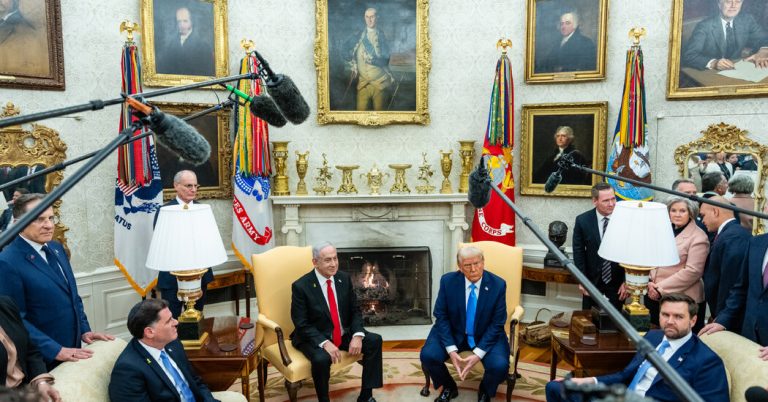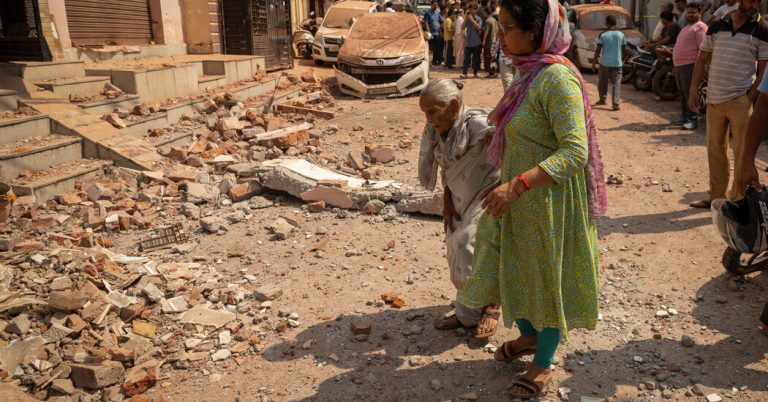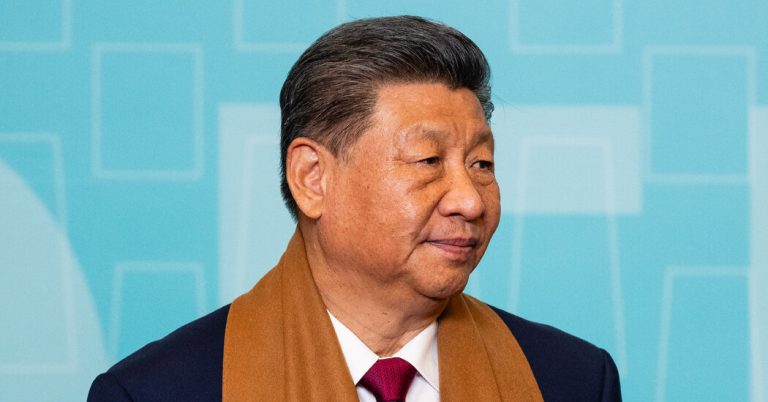“Ragtime,” an epic musical that explores early 20th-century American aspirations through three fictional families whose lives intersect with historical figures and events, is returning to Broadway.
The musical, based on a 1975 E.L. Doctorow novel and set mostly in New Rochelle and other locations in and around New York, first opened on Broadway in 1998, won Tony Awards for best score and best book, and ran for two years. There was a short-lived revival in 2009.
This new production will be staged at Lincoln Center Theater, which is one of four nonprofit organizations that operate Broadway houses. It will be the first production during the tenure of Lear deBessonet, who is taking over as the nonprofit’s new artistic director; deBessonet will direct the production.
This revival, scheduled to begin previews Sept. 26 and to open Oct. 16 at the Vivian Beaumont Theater, began its life with a 12-day run last fall in a New York City Center gala presentation, also directed by deBessonet. The new production is scheduled to run for just 14 weeks.
The Broadway production, like the City Center production, will star Joshua Henry as Coalhouse Walker Jr., an African American pianist; Caissie Levy as Mother, the matriarch of an affluent white family; and Brandon Uranowitz as Tateh, a Jewish immigrant. The intersection of those individuals and their communities, with each other and with the history of the United States, drives a complex plot of intertwined narratives that touch on North Pole exploration, early filmmaking, the labor movement, Houdini’s escapades, and, of course, ragtime music.
The musical is among the best-known and most acclaimed works from the longtime collaborators Lynn Ahrens, who wrote the lyrics, and Stephen Flaherty, who wrote the music. The book is by Terrence McNally, an acclaimed playwright who died in 2020 at the start of the coronavirus pandemic.



















